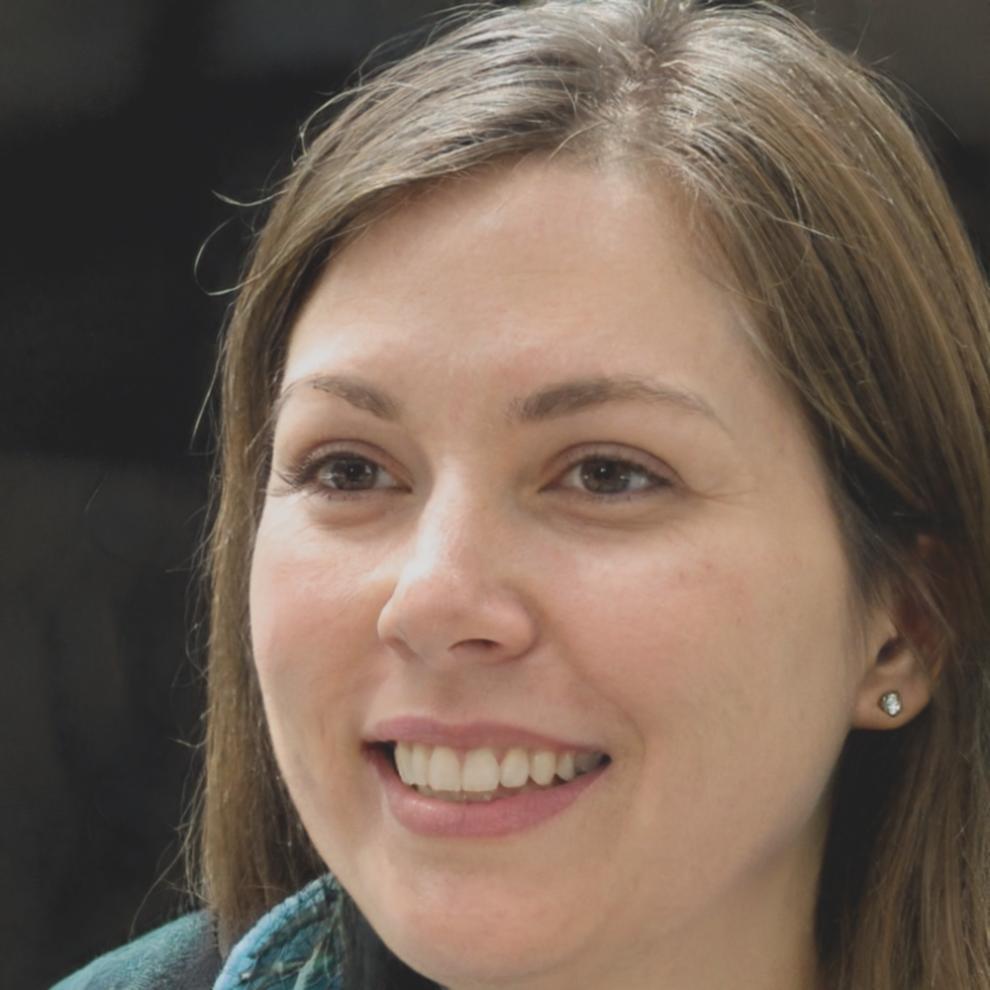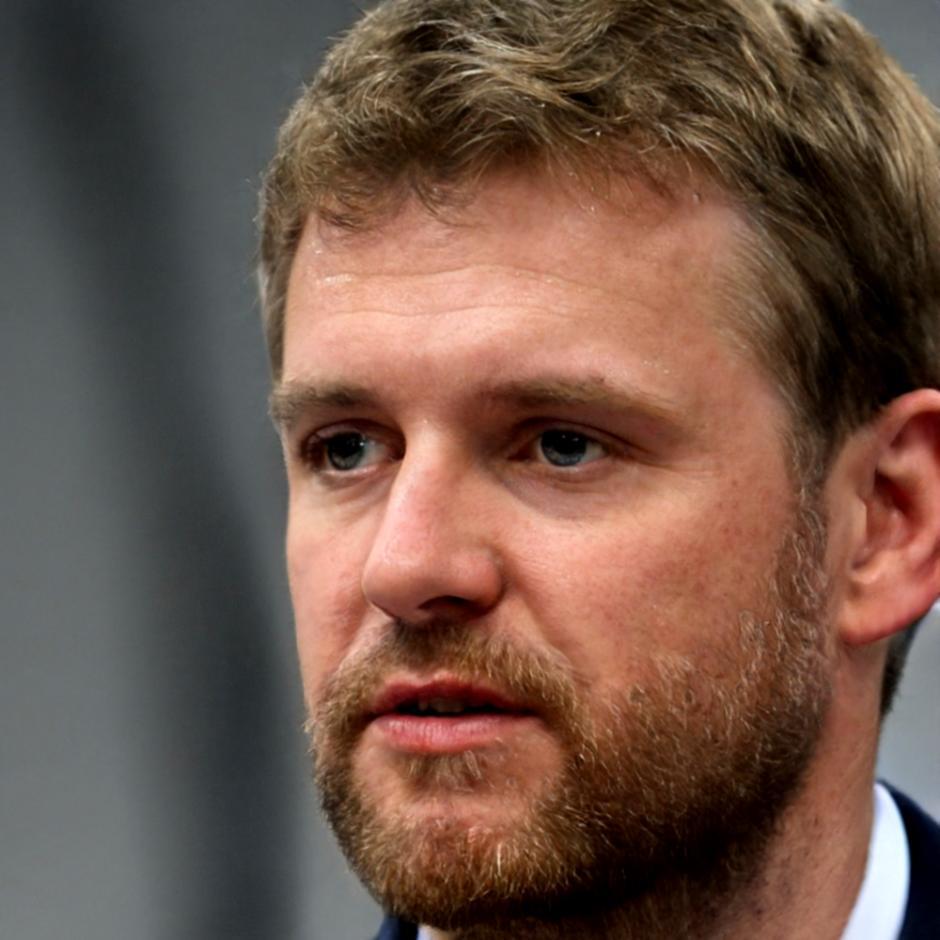We Started Because People Asked Real Questions
Back in late 2023, something kept coming up. Friends, colleagues, even random folks at coffee shops would mention their money stress. Not because they didn't earn enough—but because tracking where it went felt impossible.
So we built something. Not revolutionary, just practical. A way to understand your spending without drowning in spreadsheets or feeling judged by some app algorithm.
Now it's 2025, and we're still here. Still teaching the same core ideas, just refined through watching hundreds of people actually use them. That's what drives us—seeing someone finally get their head around their finances without the usual panic.

What Actually Matters to Us
We're not into corporate mission statements. Here's what guides our work when we're deciding how to teach or what to include in a course.
Honesty Over Hype
We won't promise you'll transform your life overnight. Budgeting is boring until it suddenly isn't—when you realize you can afford that thing you wanted, or you're not stressed about an unexpected bill. That's the payoff, and it takes a few months of consistent effort.
Real Numbers, Real Situations
Our examples come from actual student scenarios we've encountered. The family juggling school fees and rent. The freelancer with irregular income. The young professional trying to save while living in Bangkok. These aren't theoretical—they're Tuesday afternoon support calls.
Flexibility Wins Every Time
We've seen every budgeting method fail when life happens. So we teach adaptable approaches rather than rigid systems. Your budget should bend when your car breaks down or your kid needs braces. Otherwise, you'll just abandon it.
Learning That Sticks
Most financial advice goes in one ear and out the other because it's abstract. We focus on doing—building your first category breakdown, tracking a week of expenses, adjusting when reality hits. The hands-on stuff is what people remember six months later.
How This Shows Up in Practice
Last month, one of our students emailed about feeling overwhelmed by the course pace. Instead of pushing forward, we adjusted the schedule and added more check-in sessions. Another student needed help adapting our methods for their family business expenses mixed with personal spending—so we created a mini-module on that specific challenge. This kind of responsiveness isn't extra; it's the baseline. We'd rather slow down and help you actually learn than race through material that doesn't stick.
The People Behind the Courses
We're a small team. Just two instructors who've been at this for a while. No massive staff, no fancy office. What we do have is years of watching people struggle with money management and figuring out what actually helps.
Between us, we've worked with about three hundred students since 2024. Some breeze through, others need more support. Both types teach us something about how to explain these concepts better.


Linnea Valtonen
Linnea spent seven years in banking before realizing she preferred teaching people about money rather than managing it for them. She's the one who designs our course structures and figures out why certain concepts click while others don't. Her specialty is breaking down intimidating financial jargon into plain language—probably because she remembers being confused by it herself.

Arvid Sørensen
Arvid handles the practical implementation side. He's the person answering your questions at midnight when you can't figure out how to categorize that weird expense. Before joining us, he ran financial workshops for small business owners and discovered he enjoyed helping individuals even more. He's particularly good at working with people who have irregular income—freelancers, seasonal workers, anyone whose paycheck varies wildly.
How We Actually Teach This Stuff
Our approach evolved from watching what works and ditching what doesn't. We used to lecture more. Students nodded along and then couldn't apply anything. Now we do less talking and more guided practice. Seems obvious in hindsight, but it took us a while to figure out.

Start With Your Actual Spending
We don't begin with theory. First assignment is tracking everything you spend for a week. Most people are shocked by what they discover. That awareness is worth more than any lecture about proper budget percentages.
Build Your System in Pieces
You're not creating a complete budget on day one. We add one component at a time—fixed expenses, then variable ones, then savings goals. Each piece gets tested in your real life before we add the next. This way, nothing feels overwhelming.
Regular Check-Ins and Adjustments
Monthly group sessions where we troubleshoot what's not working. Someone always has a question that helps everyone else. Plus, hearing that others struggle with the same stuff makes this whole process feel less isolating.
Tools Without Dependencies
We teach you methods that work whether you're using an app, a spreadsheet, or paper. The tool is just a tool. Understanding where your money goes is the skill. That stays with you regardless of which app shuts down next year.
What We've Learned Along the Way
Teaching hundreds of people about money management has given us perspective on what actually trips people up and what genuinely helps.

Why Most Budget Plans Fail by Week Three
We've watched this pattern repeat dozens of times. Someone starts enthusiastically, tracks everything perfectly for two weeks, then life gets busy and the whole system collapses. The issue isn't motivation—it's that most budgeting advice assumes you have unlimited time and mental energy. We've redesigned our teaching around this reality, focusing on systems that survive your busiest weeks rather than requiring perfect consistency.
The Irregular Income Challenge
Traditional budgeting assumes steady paychecks. But many of our students earn differently each month. We've developed specific strategies for this—building buffer months, working with averages, prioritizing expenses. It's more complex but totally manageable once you understand the framework.
When Couples Budget Together
Money conversations can get tense fast. We've seen partnerships nearly derail over spending differences. The solution we've found isn't compromise on every purchase—it's agreeing on the big picture goals and giving each person autonomy within that framework. Works surprisingly well once the initial awkward talks are over.